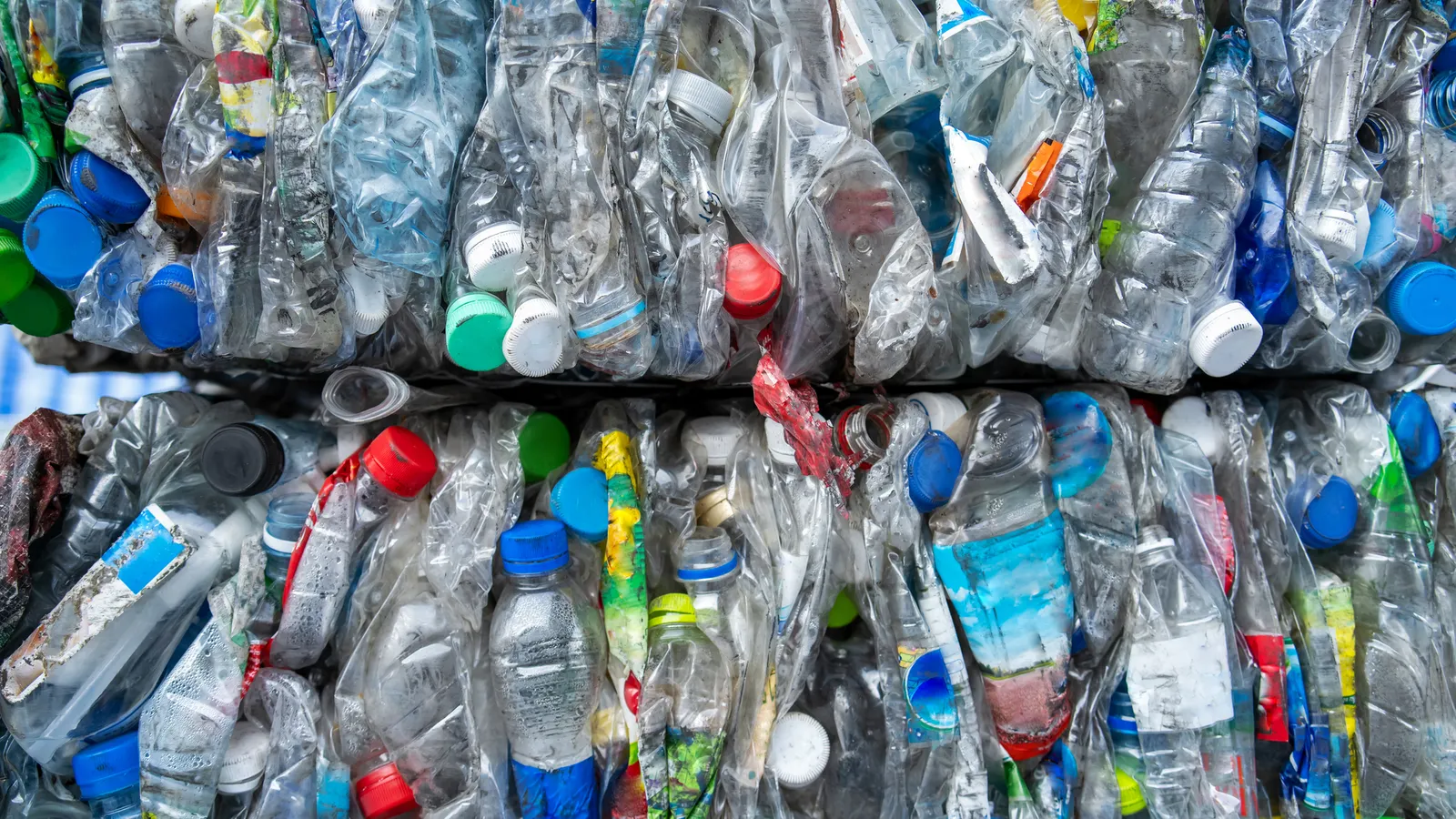How much do consumers really care about sustainable packaging?

Recent years have seen growing interest in sustainability, but do U.S. consumers actually prioritize eco-friendly packaging when shopping? According to a new report by McKinsey & Company, the answer is: yes, they care — but not as much as other factors like price, quality, and convenience.
McKinsey surveyed 1,000 U.S. consumers in March 2025, following up on similar research done in 2020 and 2023. While concern for the environment has increased slightly over time, the report shows that it still ranks low compared to other product considerations. For example, 33% of respondents said environmental impact plays a role in their purchase decisions — up from 27% in 2023 — but it remains well behind quality, affordability, and ease of access.
Consumers still rank food safety and shelf life as the most important packaging features. Durability, clear labeling, and ease of use also remain top priorities. Interestingly, the growing demand for detailed labels may reflect rising awareness of health, wellness, and product comparisons — especially with the rise of QR codes and smart labels offering more information.
When asked about sustainability specifically, most consumers said recyclability is the most important feature. About 77% of respondents rated it as very or extremely important. Other valued traits included recycled content, compostability, reusability, and reducing material usage. However, features like carbon footprint and bio-based content were less important, possibly due to lack of understanding.
The materials used in packaging also matter. Consumers see glass and fiber-based packaging as more sustainable than plastics, even though PET bottles — one of the most recycled plastic types — are widely processed. This suggests that people may not fully understand the technical recyclability of plastics, and that perceptions often outweigh facts. Interestingly, this PET skepticism was not found in other countries, pointing to regional differences in recycling systems and consumer education.
Finally, the survey asked who should take responsibility for making packaging more sustainable. Most people pointed to brands (36%) and packaging producers (32%) — not consumers or retailers. This suggests that many shoppers want eco-friendly packaging options to be built into the product, rather than something they have to figure out themselves or pay extra for.
In summary, while sustainable packaging is becoming a bigger topic, U.S. consumers still prioritize practical concerns like safety, price, and quality. They care about recyclability the most, and expect brands and manufacturers to take the lead. For packaging companies, the opportunity lies in balancing eco-friendly design with consumer expectations — making sustainability a feature, not a compromise.










